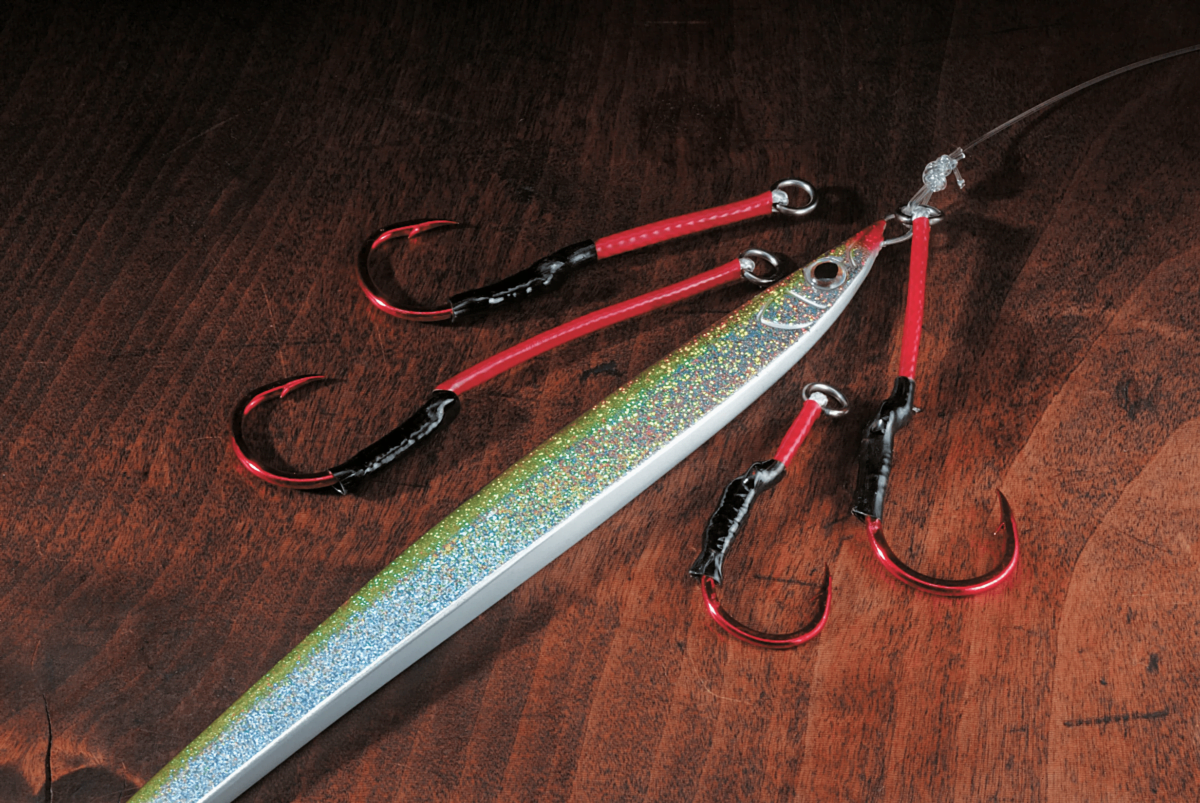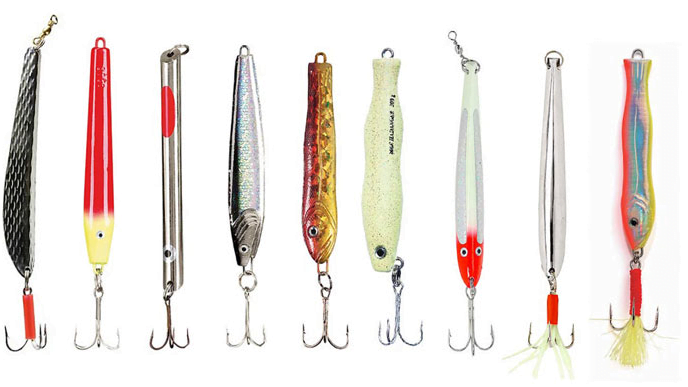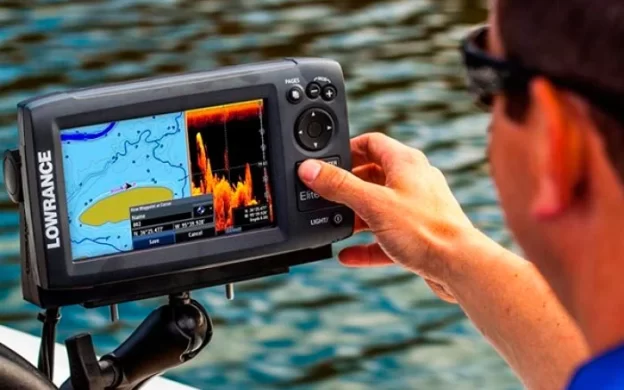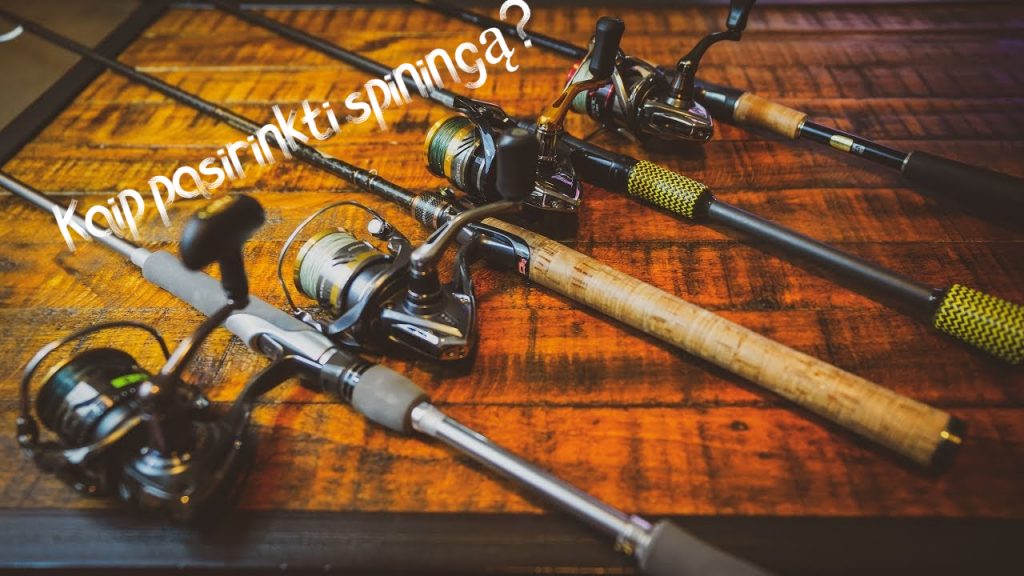Pilkers - lures used for sea and lake fishing. Conventional shims are made from sheet metal by stamping, while pilkers are made from metal by casting. Pilkers were originally used for vertical jigging or vertical fishing from a boat. They caught cod in the seas, salmon, sturgeon, guarding at a depth of 20-120 meters. Later, freshwater fish were also caught with pilkers: starling, perch, pike, salad.
What do pilkers look like?
Pilkers are heavy, narrow gills, resembling a small fish in appearance. Pilker can be square, round, rectangular, oval or hexagonal. The play of glitter in water depends on its shapes and proportions. Most pilkers are made of the following metals and alloys: lead, steel, brass. Light pilkers are made of aluminum, and heavy ones are made of tungsten.
Pilkers can be divided into marine and lake. However, there is not much difference between them. They differ only in size and weight.
Pilkers are usually equipped with a three-pronged hook, less often with double or single hooks. The hook may be covered with feathers or hair to further entice the predator.
Advantages of Pilker
- Long throw – due to their compactness, aerodynamic shape and high weight, pilkers have the highest flight characteristics and amazing range. Pilkers allow you to make extremely long casts, fish in promising places far from the shore, and search for predators in a large area of water.
- Possibility of fishing at different depths – by changing the weight of the bait and the passing technique, it is possible to fish both in the surface layer, in the middle layer and along the bottom. Pilkers stay at the desired depth longer and sink to the bottom faster.
- The possibility of using different types of leads
Pilker's weaknesses
- High probability of hooking
- Don't have your own game - many players don't have their own game. Therefore, the fisherman needs to know the casting technique so that the pilker lures the predator.
Ways of spending
- Smooth conduction - after casting the bait, the angler turns the reel evenly. Using an even feed allows the angler to experiment with reel speed, spinning the reel faster or slower depending on fishing conditions and predator activity.
- Wavy conduction – when you stop turning the reel handle, the pilker falls down, and when you start turning it, it rises up. Another way to make a wavy cast is to raise and lower the spinning reel by turning the reel handle evenly.
- Stop & Go – during casting with pauses, the angler stops for 1-2 seconds while turning the handle of the reel. When fishing with pauses, baits often occur when the pilker falls through the pause. Stop & Go casting is effective when catching an active predator.
- Stepped transmission – used to catch a predator in the lower layer of the tank. After casting, the angler lets the pilker sink to the bottom, then makes 2-3 turns of the reel and pauses, letting the lure sink to the bottom again. Step fishing should be carried out in reservoirs with a clean bottom. The weight of the bait should be selected so that the pilker slowly sinks to the bottom during the pause.
- American style - the angler lets the bait sink to the bottom, then lifts the bait off the bottom with a spinning rod motion, removing the slack by unrolling the reel. When the bait touches the bottom, another pull is made again with the rod.
- Throwing pass - the angler, after casting, lets the bait fall to the bottom, then by moving the spinning tip, throws the bait up and lowering the spinning tip allows the bait to go down, at the same time quickly gathering the loose line.





